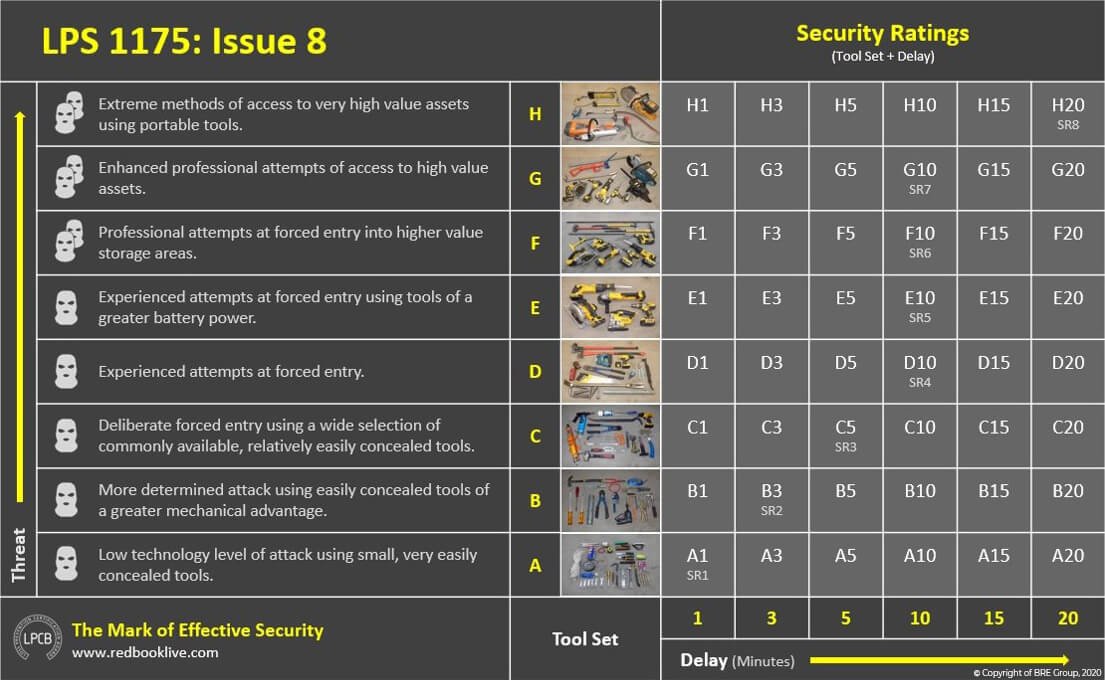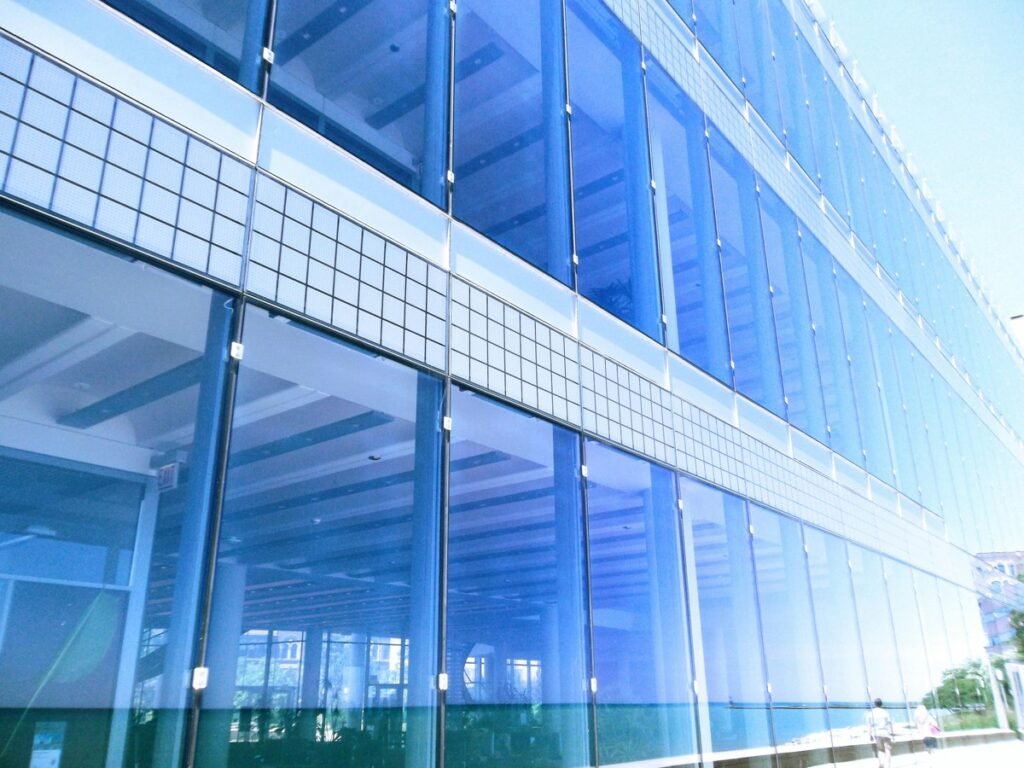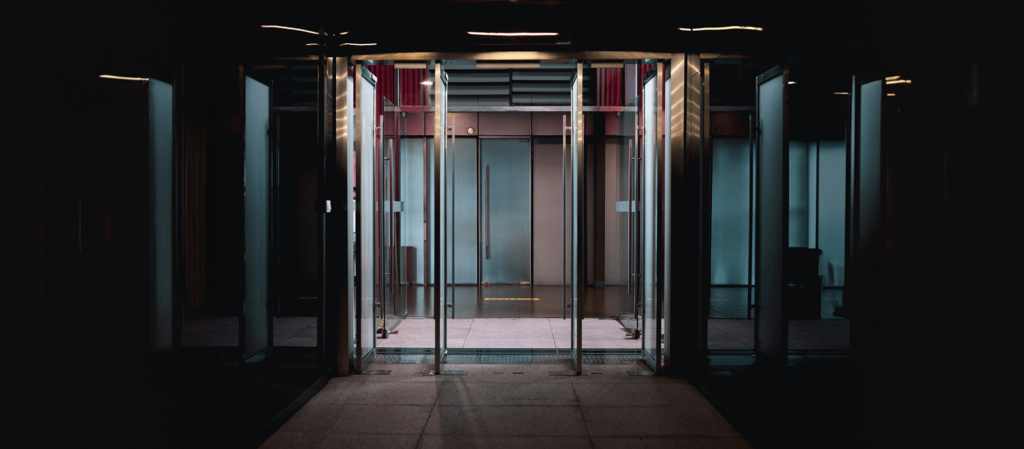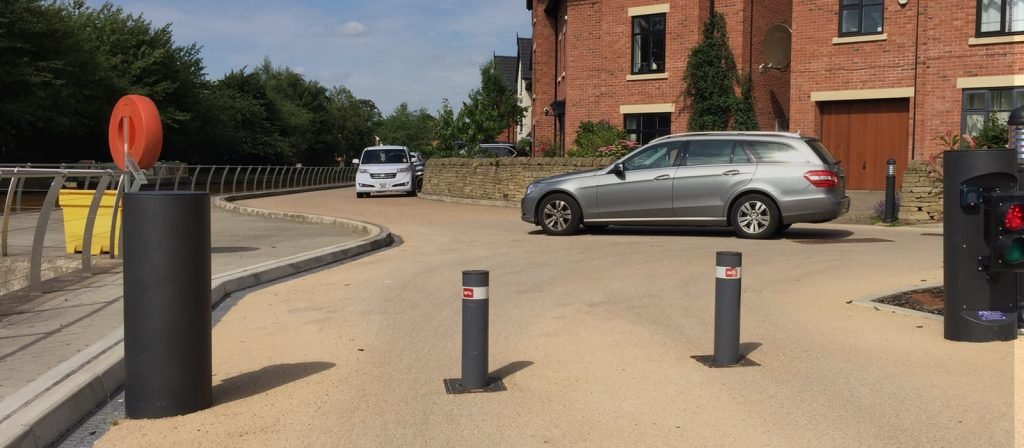- Call on : +44 (0)20 8559 8295
- Open Hours : Mon-Fri 09:00 - 17:00
Premier Security Ballistic & Blast Ltd
- Services
- Products
- Projects
- Industries
- About
- Residential Security
10-Step Guide To Understanding LPS 1175 Security Standards
When it comes to protecting people and assets in today’s built environment, not all security products are created equal. With rising threats and stricter regulations, architects, contractors, and consultants are under increasing pressure to specify systems that meet proven, high-performance standards.
That’s where LPS 1175 comes in as a globally recognised benchmark for forced entry resistance. But what does it really mean, and how can you ensure your doors, windows, or access systems are compliant without sacrificing design or performance? In this guide, I’ll break down everything you need to know about LPS 1175 and show you how to specify certified solutions that meet both your aesthetic and security needs. Let’s make security simple, effective, and fully compliant starting now.
1. What is LPS 1175?
LPS 1175 is a security standard which is developed to assess the resistance of physical security products against forced entry. It was created and is maintained by BRE Global, part of the Building Research Establishment (BRE), through their Loss Prevention Certification Board (LPCB).
BRE is a leading consultancy in the built environment sector that conducts research and testing before conducting testing for companies of which the certification carries significant weight across both construction and security industries.
LPS 1175 is widely regarded as the gold standard for forced entry resistance because it simulates real-world attacks using a range of tools and techniques. Products that achieve LPS 1175 certification have been rigorously tested under controlled conditions, offering assurance that they will perform reliably when security is most critical.
2. Why LPS 1175 Matters in Modern Construction
LPS 1175 matters in modern security design and installation because it provides a reliable and measurable standard for resisting forced entry. As security threats become more sophisticated and building regulations become more demanding, professionals need assurance that the systems they specify will perform under real-world conditions.
LPS 1175 offers that assurance through rigorous independent testing carried out by BRE Global. It gives architects, contractors, and security consultants a clear framework to evaluate how well a door, window, or access system can delay or withstand an attack. This not only supports compliance with insurance and regulatory requirements but also builds confidence in the overall integrity of a building’s security strategy.
Many modern construction projects are required to pass LPS 1175 tests and the consequences if they fail can include heavy fines, legal penalties and expensive costs to introduce systems that are designed to pass the certification.


3. LPS 1175 Security Ratings Explained
LPS 1175 includes a structured range of security ratings, from SR1 to SR8, each representing a different level of resistance to forced entry. These ratings are determined by the type of tools used in testing and the amount of time the product can withstand an attack.
SR1 focuses on protection against opportunistic attempts using basic tools such as basic hand tools like screwdrivers, Allen keys and a lock pick. SR1 attacks are normally stealthy which means that thry dont involve a lot of noise and light emissions. SR8 on the contrast is designed for environments at extreme risk which involve professional attackers using advanced tools over extended periods of time. As the rating increases, so does the advancement of the tools and the skill level assumed in the attack scenario.
Each rating is tied to a specific delay time, helping specifiers to choose the right level of protection based on the assessed risk. For example, a retail entrance might require SR2 or SR3 protection, while a data centre or utility facility may demand SR5 or higher and a vault in a bank requiring SR8.
Understanding these ratings allows architects, contractors, and consultants to make informed decisions about which systems they need to install and how to manage budgets and compliance in order to meet both their security operational and compliance needs.
4. How LPS 1175 Compares to Other Standards
LPS 1175 stands out from other security standards due to its rigorous, realistic testing methods and wide recognition across high-risk sectors. Compared to EN 1627, which is a European standard for burglar resistance, LPS 1175 is often considered more comprehensive. EN 1627 focuses primarily on static and dynamic load resistance and manual attacks, but it typically tests complete assemblies under less aggressive conditions which is also stated in an article about LPS 1175 standards which was released by Security Journal UK. In contrast, LPS 1175 evaluates how products perform under sustained attacks using a broad range of tools and replicates real-world break-in attempts with greater precision.
PAS 24 is another commonly referenced standard, mainly used for domestic doors and windows. While it ensures a basic level of security for residential applications, it does not cover the same range of threat levels or tool types as LPS 1175.
This makes LPS 1175 the preferred choice for commercial, critical infrastructure, and government projects where the threat level is higher and a more robust solution is required.
In some cases, combining standards may be appropriate, particularly when a product needs to meet multiple regulations for different markets or applications. For example, a security door might need PAS 24 for residential approval but also achieve an LPS 1175 rating for commercial or mixed-use developments. By understanding how these standards differ and when to apply them, specifiers can ensure their security solutions meet both performance and compliance needs.
5. The Testing Process Behind the Certification
Each test is time-based, focusing on the effective attack time which is the actual time the attacker is applying force or attempting entry, not including the maximum attack duration which includes pauses or tool changes. This gives a clear indication of how long a product can delay intrusion, which is critical for security planning and response strategies. Also remember that the higher the security rating, the more advanced the tools are. To pass, the product must resist access for the full duration required by its targeted security rating without allowing entry through any tested point.
Example for SR1 Testing
SR1 testing includes using category A tools which are basic and stealthy hand tools with the attacker being given 1 minute of actual attack time with 10 minutes of total attack duration.
Example for SR5 Testing
SR5 testing uses D+ category tools which includes giving a total attack time of 10 minutes and a total attack duration of 30 minutes. The tool quality would be moderately advanced which could include basic power tools and relatively noisy hand tools such as saws.
Example For SR8 Testing
SR8 testing is the most vigorous testing and hardest to pass certification. SR8 testing includes giving the attackers category G tools which can include noisy break in equipment such as angle grinders, powerful chainsaws, disc cutters and demolition hammers.

6. Which Products Can Be LPS 1175 Certified?
- Overview of product types:
Most construction and security products can be certified to pass and the factors that influence their passing capability include the materials used, bolts, locks and the surface finish.
7. Which Products Can We Offer You?
8. Real-World Applications of LPS 1175-Certified Products
Where LPS 1175 certifications are usually required:
- Government buildings
- Data centres
- Airports and transport hubs
- Critical infrastructure
- Commercial facilities with public access
- Financial institutions

9. Why Work With Us?
Our experts are specialists in spending the time to fully understand your needs before tailoring the design, features, security standards and installation requirements of your bespoke security products to suit your technical, legal and security needs. We’ve partnered with leading construction firms, architects, Government bodies and security consultants to deliver tailored solutions for complex, high-profile projects. Our work has helped clients meet strict security regulations while staying fully compliant, without compromising on performance or design.10. Conclusion: Building Confidence with Certified Security
Understanding LPS 1175 is essential for anyone involved in specifying or sourcing high-security building solutions. It provides a trusted framework for assessing product performance, helping you make informed decisions that protect people, property, and reputation. At Premier SSL, we’re here to guide you through the complexities of certification and help you choose systems that meet both your security and design goals. We can design and tailor most security products that we offer to pass LPS 1175 standards so request your free project assessment today!Want to know more? Get in touch with our expert team, who will be happy to answer your questions..
What Is LPS 1175? Definition & Forced Entry Resistance
LPS1175 is a Loss Prevention Standard developed under the BRE / LPCB framework that tests how well physical security components resist forced entry. The standard defines different Security Ratings (SR1, SR2, SR3, etc.) based on tool types, attack duration, and resistance.
– SR1 covers basic, opportunistic attacks with simple hand tools such as screwdrivers, pliers, or small knives.
– SR2 is designed for more determined entry attempts using mechanical advantage tools (e.g. drills, bolt cutters) over a longer time.
– SR3 involves deliberate attacks using stronger tools (chisels, crowbars, disc grinders) for an extended time window.
Yes, LPS1175 includes higher ratings (SR4, SR5, SR6, etc.). These levels accommodate more powerful tools, longer attack durations, and tougher resistance. They are often used for critical infrastructure or high-risk installations.
Certification is granted through independent testing by LPCB / BRE-accredited test houses. Products must withstand specific tool attacks for defined durations. The product and its hardware (locks, frames, glazing) are evaluated together under locked conditions.
LPS1175 is more comprehensive in threat testing. Unlike EN 1627, LPS1175 tests glass components, electric gear, and tools that produce noise. PAS 24 is a minimum standard with a pass/fail system, lacking graded ratings.
Consider your threat environment, the value of assets, geographic location, and how much time you want to delay an attacker. Our team can help assess your risk profile and recommend an appropriate SR level.
About The Author
Neil Johns
Neil is the Managing Director of Premier Security Ballistic & Blast Ltd https://premier-ssl.com and has worked with construction and architecture companies all over the world to ensure that their security and fire standards are fully met.




